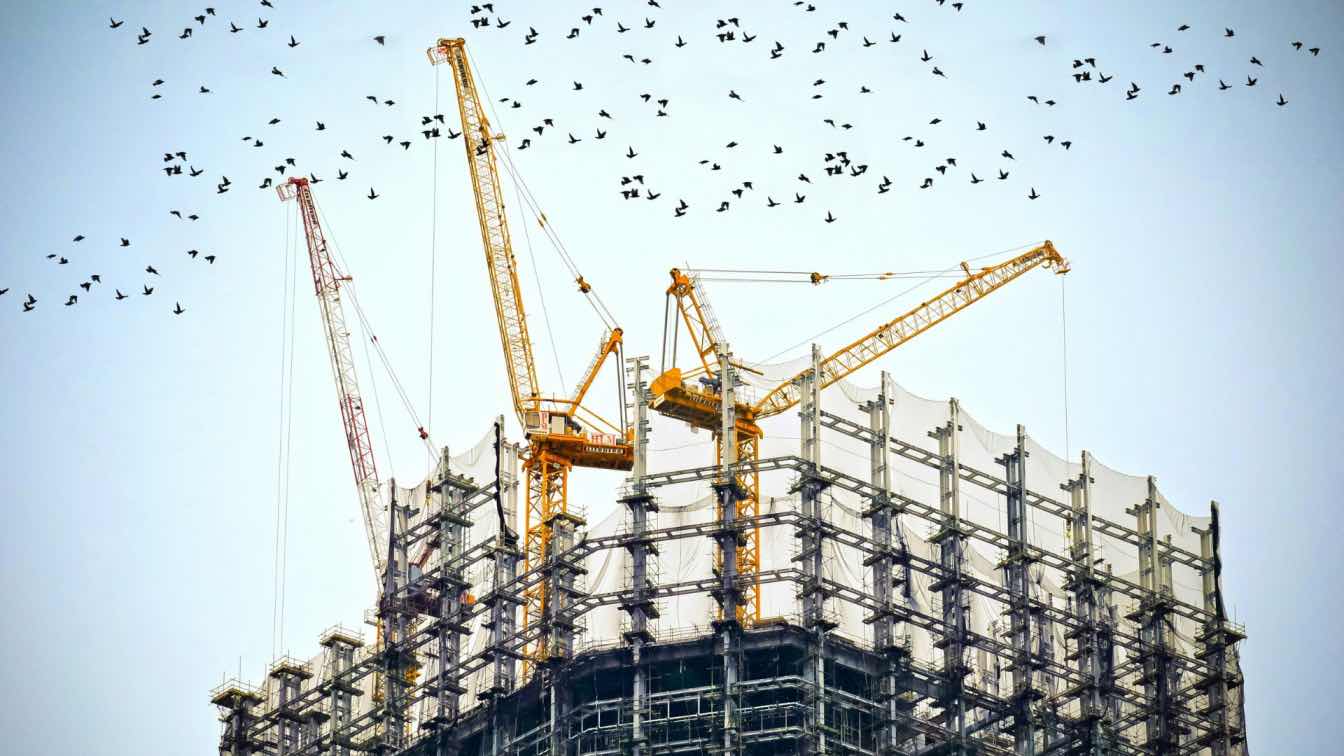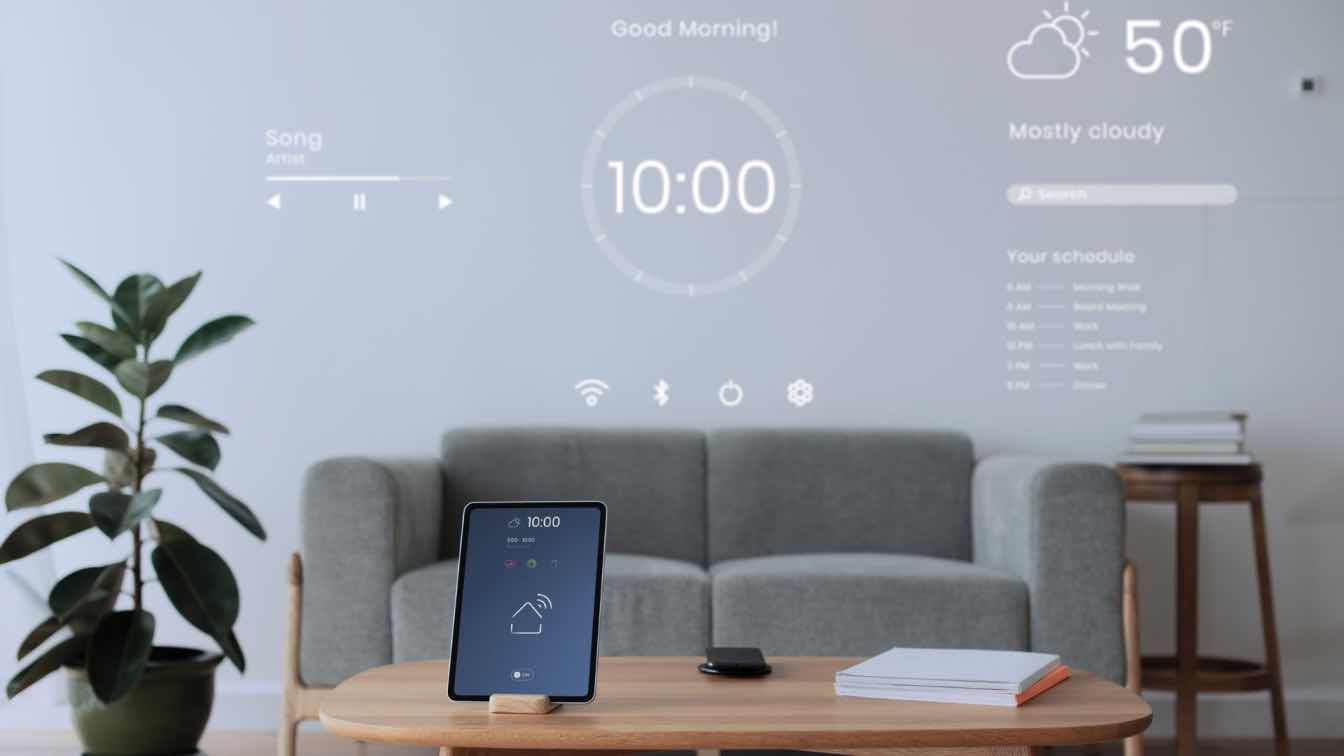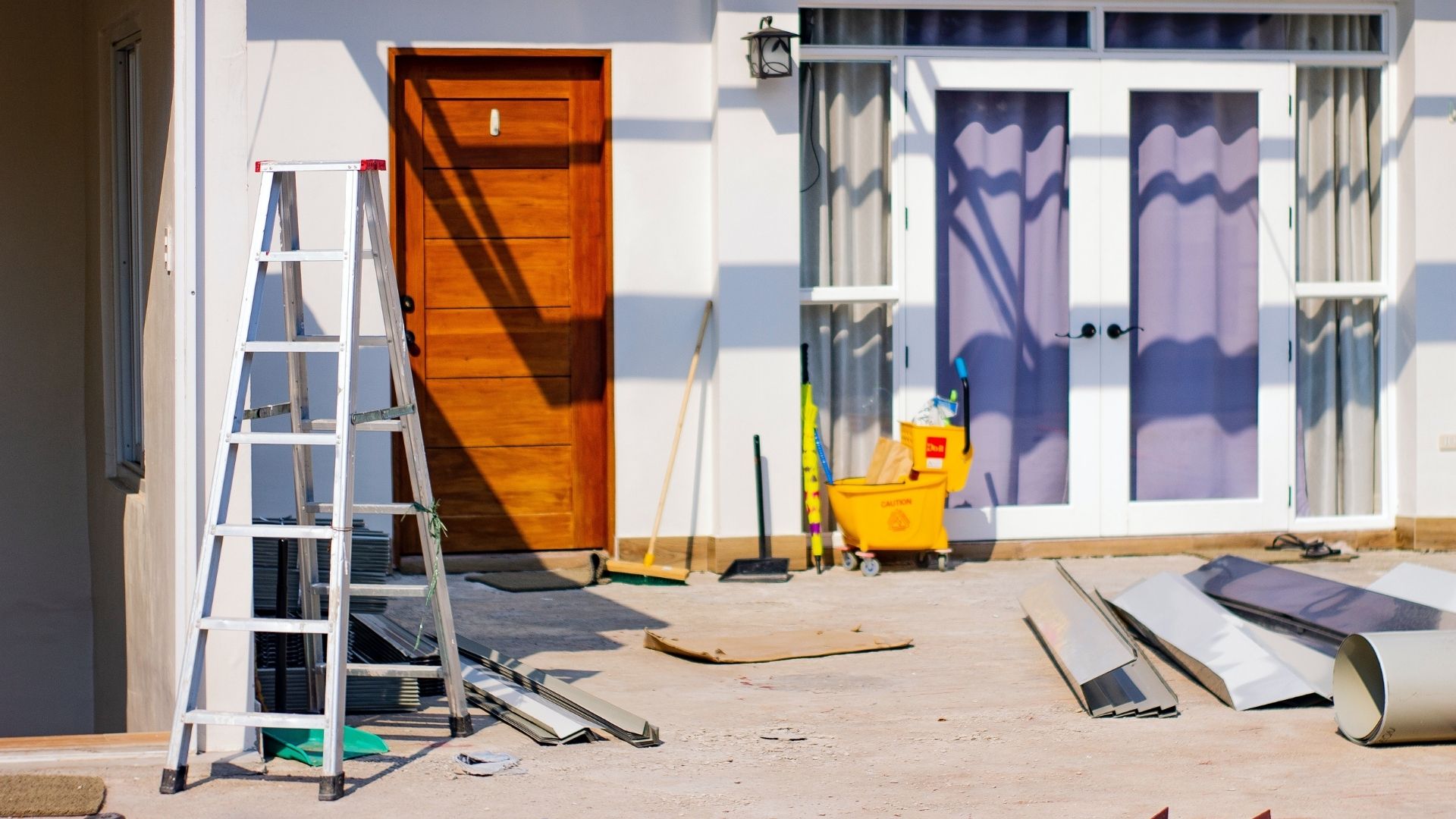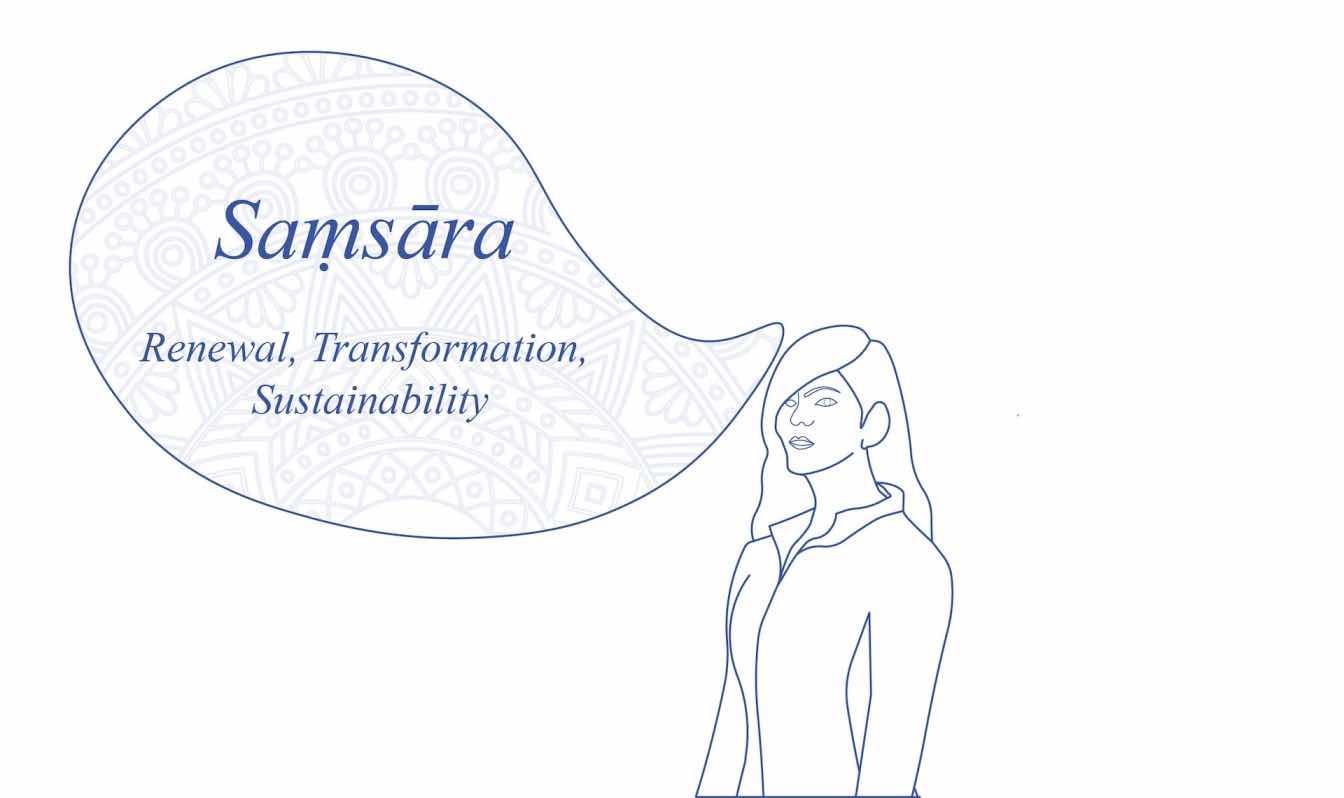Design isn’t just about aesthetics; it’s about creating spaces that work. From the way sunlight streams into a building to how efficiently people can move through it, design choices can make or break functionality. Be it a sleek office building or a cozy home, the blueprint shapes more than what meets the eye. Let’s dig deeper into how design drives functionality and why it matters so much in construction.
Design as the Backbone of Usability
Functionality begins at the drawing board. Expert architects and designers like Stronghold Engineering Building Company don’t just sketch what looks good; they solve puzzles. Every line on a blueprint has a purpose. Is the space inviting? Can it handle heavy foot traffic? Will it adapt to future needs? Good design answers these questions.
Take, for instance, the layout of a hospital. The placement of emergency rooms, waiting areas, and supply closets isn’t random. Designers consider how quickly doctors and nurses need to access equipment and patients. Poor design could mean life-saving seconds lost. And you can’t afford that in a hospital.
The Domino Effect of Poor Design
When design neglects functionality, the consequences ripple through the project. Think about an apartment building with insufficient parking or awkward staircases. These flaws frustrate residents and decrease the property’s value.
Poor design doesn’t just inconvenience users; it also costs more in the long run. Retrofitting fixes to make a building functional—like adding elevators or widening hallways—is expensive and time-consuming. This is why investing in solid design from the start is non-negotiable.
Balancing Beauty and Purpose
It’s tempting to prioritize eye-catching designs, especially in an Instagram-driven world. But functionality should never play second fiddle. However, the two can coexist.
Consider the Guggenheim Museum in New York. Its spiral design is iconic and breathtaking, but it also serves a purpose. The structure guides visitors on a seamless journey through the exhibits. This marriage of form and function is the gold standard in construction design.
On a smaller scale, think about residential kitchens. Open-concept designs look modern and appealing, but without proper planning, they can become chaotic. Strategic placement of counters, appliances, and storage ensures the kitchen isn’t just beautiful but also efficient to use.
How Technology Enhances Functional Design
Modern tools like Building Information Modeling (BIM) and virtual reality are revolutionizing construction design. They allow architects and builders to visualize how a space will function before the first brick is laid. This means fewer surprises and smoother execution.
For example, BIM helps in spotting clashes between electrical wiring and plumbing in real-time. Virtual reality, on the other hand, lets clients “walk through” their future home or office, identifying any functional issues early on. These technologies bridge the gap between theory and reality, ensuring designs work as intended.
Environmental Considerations in Design
Sustainable construction isn’t just a trend; it’s a necessity. And design plays a pivotal role in making buildings eco-friendly. Passive design strategies, like positioning windows to maximize natural light and ventilation, reduce energy consumption. Green roofs, rainwater harvesting systems, and solar panels are other examples where design enhances both functionality and sustainability.
An excellent example is The Edge in Amsterdam, often touted as the world’s greenest office building. Every design choice—from its orientation to its smart lighting—was made with sustainability and usability in mind. The result? A workspace that is energy-efficient, comfortable, and inspiring for its occupants.
The Human Element in Functional Design
At its core, construction is about people. Buildings are made to serve those who live, work, or play in them. Such a human-centered approach is what separates good design from a great one.
Imagine a library design without considering accessibility. Stairs without ramps or shelves too high to reach would alienate a significant portion of users. Thoughtful design ensures everyone—regardless of age or ability—can use the space effectively.
Closing Thoughts
Functionality is the heart of any construction project. It’s what turns a stunning building into a livable, workable, or usable space. Prioritizing thoughtful design balances beauty, purpose, and sustainability and creates structures that stand the test of time.
So, the next time you step into a building that just “feels right,” you’ll understand it didn’t happen by accident. Behind every functional space lies a design that’s been carefully crafted to serve its purpose. And in construction, that’s the ultimate goal.





